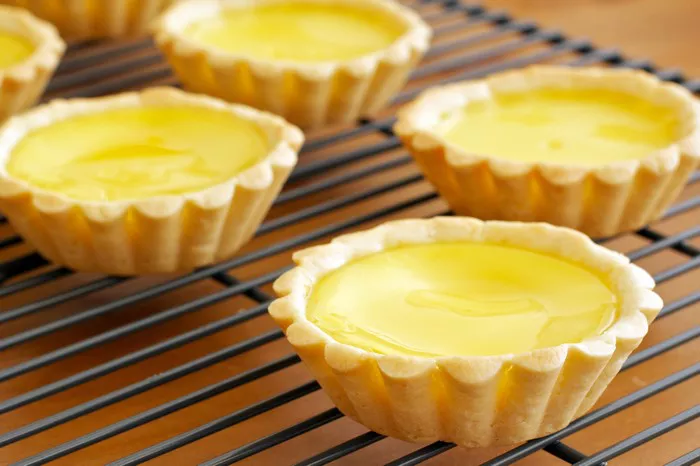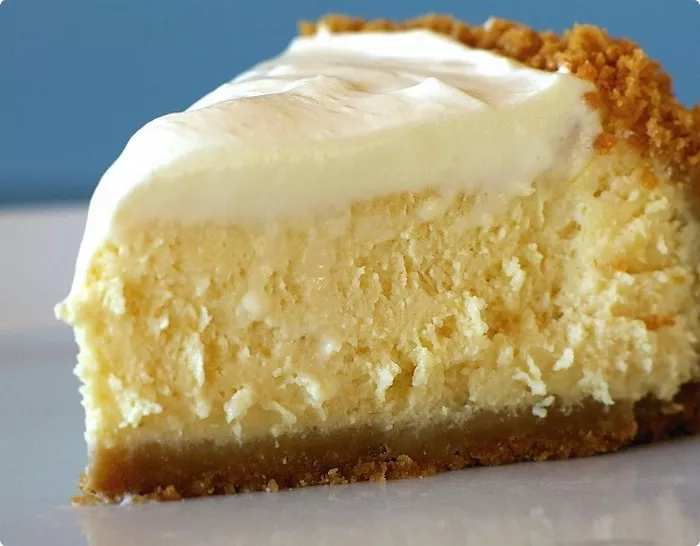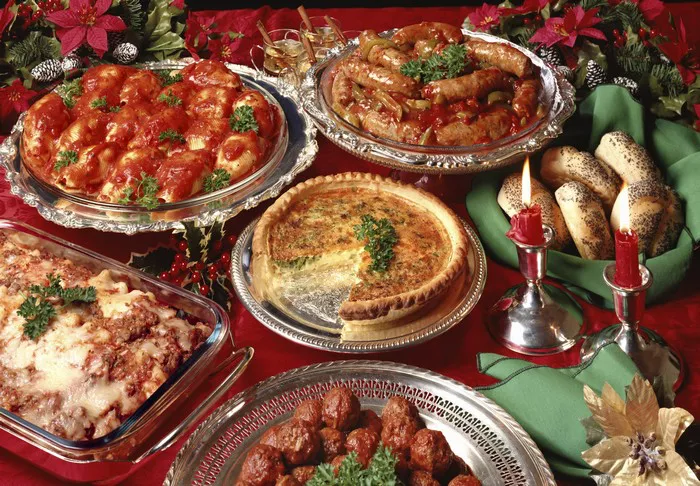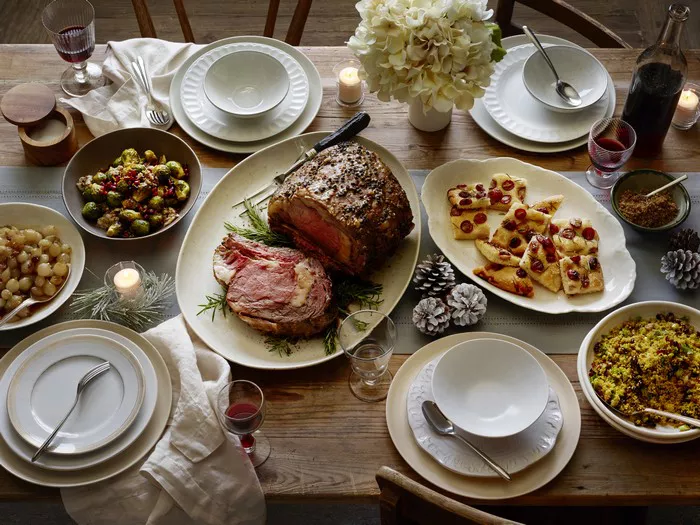Crème brûlée, with its silky smooth custard base and irresistibly caramelized sugar crust, is a timeless and elegant dessert that never fails to impress. While the recipe for this classic French dessert is relatively simple, choosing the right vessel to bake it in can make a significant difference in achieving the perfect texture and presentation. In this ultimate guide, we’ll explore the various options for making crème brûlée, from traditional ramekins to creative alternatives, ensuring that you’ll be well-equipped to create the most exquisite version of this dessert.
1. Ramekins
Ramekins are the traditional and widely used vessels for baking crème brûlée. These small, cylindrical ceramic or porcelain dishes are not only aesthetically pleasing but also provide excellent heat distribution, allowing the custard to cook evenly. When selecting ramekins for crème brûlée, consider the following factors:
Size: Opt for ramekins with a capacity of 6 to 8 ounces (175 to 240 milliliters) to ensure a proper custard-to-caramel ratio.
Material: Ceramic and porcelain ramekins are the most common choices, as they retain heat well and offer a classic presentation. Ensure that the ramekins are oven-safe, microwave-safe, and dishwasher-safe for convenience.
Shape: Choose ramekins with straight or slightly flared sides, as they make it easier to evenly torch the sugar topping.
Color: While white ramekins are the traditional choice, don’t be afraid to experiment with colorful options to add a touch of creativity to your presentation.
2. Glass Dishes
If you prefer a more modern or visual approach to crème brûlée, glass dishes can be an excellent alternative to ramekins. The transparency of the glass allows you to showcase the layers of custard and caramel, creating an eye-catching dessert. When using glass dishes for crème brûlée:
Material: Opt for heat-resistant, tempered glass dishes that can withstand high oven temperatures without shattering. Pyrex or borosilicate glass are commonly used for baking.
Shape and Size: Similar to ramekins, choose glass dishes with straight or slightly flared sides and a capacity of 6 to 8 ounces (175 to 240 milliliters) for ideal results.
Presentation: The glass dishes provide an opportunity to experiment with different layering techniques or decorative elements, such as fruit garnishes, chocolate shavings, or edible flowers.
3. Ceramic Bowls
For a more rustic and casual approach to crème brûlée, ceramic bowls can be an appealing choice. These larger, shallow bowls can add a unique touch to your dessert presentation. When using ceramic bowls:
Size: Opt for wider and shallower bowls with a capacity of 10 to 12 ounces (300 to 355 milliliters) to accommodate the larger portion size.
Heat Distribution: Ceramic bowls may require slight adjustments in cooking time and temperature, as they distribute heat differently compared to ramekins. Monitor the custard closely to avoid overcooking or undercooking.
Style: Ceramic bowls come in various colors, finishes, and textures, allowing you to personalize the presentation to match your aesthetic preferences.
4. Porcelain Soufflé Dishes
If you’re looking to elevate your crème brûlée experience and add a touch of sophistication, porcelain soufflé dishes can be an excellent choice. These dishes, often with a fluted exterior and a wider opening, offer a unique and elegant presentation. Here’s what to consider when using porcelain soufflé dishes:
Size: Opt for dishes with a capacity of 6 to 8 ounces (175 to 240 milliliters) for individual servings or larger ones for a shared dessert experience.
Heat Distribution: Porcelain dishes retain heat well, providing even cooking. Ensure that the dishes are oven-safe and able to withstand high temperatures.
Presentation: The fluted design of porcelain soufflé dishes adds an exquisite touch to your crème brûlée presentation, making it a visual delight.
5. Ramekin Alternatives
If you find yourself without traditional ramekins or want to explore unconventional options, you’ll be delighted to know that there are various alternatives to create crème brûlée. Let’s dive into a few unconventional choices:
Oven-Safe Mugs or Cups: Small oven-safe mugs or cups, such as heat-resistant glass or ceramic coffee cups, can be used as a makeshift ramekin. Ensure they are oven-safe and have a similar capacity to standard ramekins.
Silicone Molds: Flexible silicone molds provide versatility in shape and size, allowing you to experiment with different molds like hearts, squares, or decorative designs. Look for molds that are food-grade and oven-safe.
Mason Jars: Mason jars can create a charming and rustic presentation for crème brûlée. Choose small jars with a capacity similar to ramekins and adjust the cooking time to accommodate the different shape and thickness of the glass.
Individual Casserole Dishes: Individual ceramic or porcelain casserole dishes can be used as an alternative to ramekins, providing a larger portion size and a more substantial dessert experience.
Creative Presentation: For a truly unique twist, consider using edible vessels like hollowed-out fruits (such as oranges or grapefruits), chocolate cups, or even small pastry shells as the base for your crème brûlée. These alternatives not only add a burst of flavor but also make for an unforgettable presentation.
In conclusion, the vessel you choose to make crème brûlée can have a significant impact on the final result. Whether you opt for the classic ramekins, modern glass dishes, rustic ceramic bowls, elegant porcelain soufflé dishes, or unconventional alternatives, each option brings its own charm to the dessert. Consider the size, material, shape, and presentation possibilities when making your selection. Whichever vessel you choose, crème brûlée is sure to delight your taste buds and impress your guests with its rich, creamy texture and crackling caramelized sugar crust. Enjoy experimenting and indulging in the sweet decadence of this timeless dessert!
























